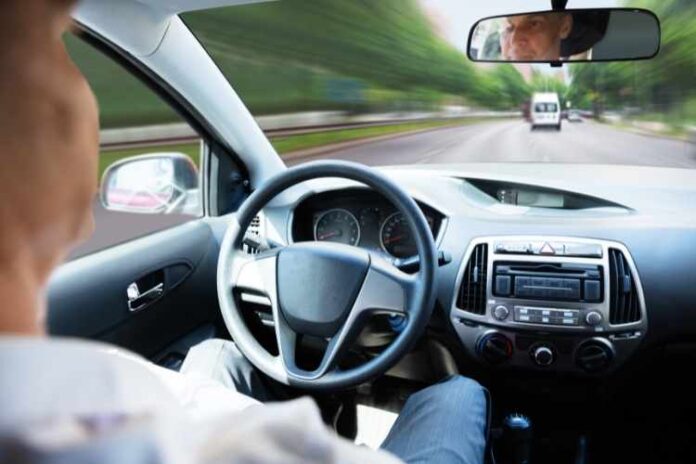The idea that you will just sit back and relax, and then arrive at your destination without requiring human aid seems far-fetched, amazing, and futuristic. However, self-driving vehicles are now more imminent than ever.
But you may be wondering, how do self-driving cars work?
Well, as you may already know, roads are getting more crowded every year. They are dangerous due to human error. These vehicles would be a fantastic alternative to conventional driving if they were ever made available for purchase.
With that in mind, let’s read on to understand how do self-driving cars work. Let’s begin!
Navigating Surroundings
It uses a combination of sensors and artificial intelligence to see and navigate its surroundings. Most self-driving cars on the road today use a technology called LIDAR, which uses lasers to bounce light off objects and create a 3D map of the environment.
Self-driving cars also have cameras, which are used to complement the data from the LIDAR sensors. They can also provide valuable information about the flow of traffic and the condition of the roads.
Making Driving Decisions
For the most part, these decisions are made through algorithms that mimic the decision-making process of a human driver. These algorithms take in data from the sensors and use it to make decisions about how to drive.
For example, an algorithm might be used to decide when to change lanes or make a turn. If you are fascinated by this feature, you can do your research online to learn more about their technology and limitations.
You can also understand why more industrial vehicles are using this technology.
Communicating With Other Cars
These cars can communicate in different ways with each other, and the most promising appears to be using short-range communication devices.
These devices would be able to send and receive information about the car’s speed, location, and heading. It can also be used to warn other cars of potential hazards.
The hope is that by having self-driving cars communicate with each other, we can make our roads safer for everyone. In the future, we may even see a world where human-driven and self-driving cars share the roads seamlessly, thanks to this technology.
The Risks of Self-Driving Cars
In bad weather, they are more likely to be involved in car accidents. This is because they rely on a variety of sensors to help them navigate, and these sensors can be adversely affected by weather conditions like snow, ice, or even heavy rain.
Radar sensors can have difficulty penetrating through heavy precipitation, and cameras can become obscured by snow or rain. As a result, it’s important for self-driving cars to be equipped with robust weather-safety features.
Understanding How Do Self-Driving Cars Work
Now it is clear to you that understanding how do self-driving cars work is crucial. The technology behind self-driving cars has been under development for many years, and it’s only now becoming ready for mass production.
These cars use a variety of sensors to detect their surroundings and make decisions about where to go. The sensors can include cameras, radar, and LIDAR (light detection and ranging). One of the biggest challenges is safety.
Despite that, self-driving cars are becoming more and more common. So, get your own self-driving car today! Visit our website for more awesome content like this.


